Navigation
Install the app
How to install the app on iOS
Follow along with the video below to see how to install our site as a web app on your home screen.
Note: This feature may not be available in some browsers.
More options
Style variation
You are using an out of date browser. It may not display this or other websites correctly.
You should upgrade or use an alternative browser.
You should upgrade or use an alternative browser.
Precambrian Time to Mesozoic Era
- Thread starter Dalia
- Start date
- Thread starter
- #22
Kannemeyeria is a genus of kannemeyeriid dicynodont that lived during the Anisian age of Middle Triassic period in what is now Africa and South America. The generic name is given in honor of Dr. Daniel Rossouw Kannemeyer, the South African fossil collector who discovered the original specimen. It is one of the first representatives of the family, and hence one of the first large herbivores of the Triassic.

Kannemeyeria - Wikipedia
Dinosaurs|Extinct Life|Extinction|Prehistoric Animals|The Dinosaur Fan
Kannemeyeria - Wikipedia
Dinosaurs|Extinct Life|Extinction|Prehistoric Animals|The Dinosaur Fan
QuickHitCurepon
Diamond Member
Lava
- Thread starter
- #24
Megistotherium

Megistotherium. Roman Yevseev
Name: Megistotherium (Greek for "largest beast"); pronounced meh-JISS-toe-THEE-ree-um
Habitat: Plains of North Africa
Historical Epoch: Early Miocene (20 million years ago)
Size and Weight: About 12 feet long and 1,000-2,000 pounds
Diet: Meat
Distinguishing Characteristics: Large size; elongated skull with powerful jaws
You can get the true measure of Megistotherium by learning its last, i.e., species name: "osteophlastes," Greek for "bone-crushing." This was the biggest of all the creodonts, the carnivorous mammals that preceded modern wolves, cats and hyenas, weighing close to a ton and with a long, massive, powerfully jawed head. As big as it was, though, it's possible that Megistotherium was unusually slow and clumsy, a hint that it may have scavenged already-dead carcasses (like a hyena) rather than actively hunting down prey (like a wolf). The only megafauna carnivore to rival it in size was Andrewsarchus, which may or may not have been substantially bigger, depending on whose reconstruction you believe.
The Giant Mammals of the Cenozoic Era
Megistotherium. Roman Yevseev
Name: Megistotherium (Greek for "largest beast"); pronounced meh-JISS-toe-THEE-ree-um
Habitat: Plains of North Africa
Historical Epoch: Early Miocene (20 million years ago)
Size and Weight: About 12 feet long and 1,000-2,000 pounds
Diet: Meat
Distinguishing Characteristics: Large size; elongated skull with powerful jaws
You can get the true measure of Megistotherium by learning its last, i.e., species name: "osteophlastes," Greek for "bone-crushing." This was the biggest of all the creodonts, the carnivorous mammals that preceded modern wolves, cats and hyenas, weighing close to a ton and with a long, massive, powerfully jawed head. As big as it was, though, it's possible that Megistotherium was unusually slow and clumsy, a hint that it may have scavenged already-dead carcasses (like a hyena) rather than actively hunting down prey (like a wolf). The only megafauna carnivore to rival it in size was Andrewsarchus, which may or may not have been substantially bigger, depending on whose reconstruction you believe.
The Giant Mammals of the Cenozoic Era
QuickHitCurepon
Diamond Member
Nothosaur
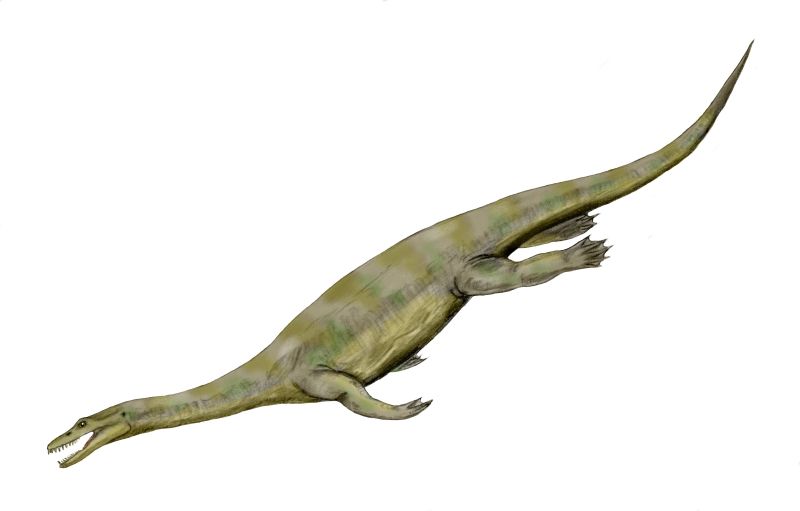
 en.wikipedia.org
en.wikipedia.org
Nothosaurs (order Nothosauroidea) were Triassic marine sauropterygian reptiles that may have lived like seals of today, catching food in water but coming ashore on rocks and beaches. They averaged about 3 metres (10 ft) in length, with a long body and tail.[1] The feet were paddle-like, and are known to have been webbed in life, to help power the animal when swimming.

Nothosaur - Wikipedia
Nothosaurs (order Nothosauroidea) were Triassic marine sauropterygian reptiles that may have lived like seals of today, catching food in water but coming ashore on rocks and beaches. They averaged about 3 metres (10 ft) in length, with a long body and tail.[1] The feet were paddle-like, and are known to have been webbed in life, to help power the animal when swimming.
- Thread starter
- #26
Oxalaia (in reference to the African deity Oxalá) is a genus of spinosaurid dinosaur that lived in what is now the Northeast Region of Brazil during the Cenomanian stage of the Late Cretaceous period, sometime between 100.5 and 93.9 million years ago. Its only known fossils were found in 1999 on Cajual Island in the rocks of the Alcântara Formation, which is known for its abundance of fragmentary, isolated fossil specimens. The remains of Oxalaia were described in 2011 by Brazilian palaeontologist Alexander Kellner

Oxalaia - Wikipedia
Oxalaia - Wikipedia
QuickHitCurepon
Diamond Member
Plate Tectonics
 en.wikipedia.org
en.wikipedia.org
Evidence of the details of plate motions and other tectonic activity in the Precambrian has been poorly preserved. It is generally believed that small proto-continents existed prior to 4280 Ma, and that most of the Earth's landmasses collected into a single supercontinent around 1130 Ma. The supercontinent, known as Rodinia, broke up around 750 Ma. A number of glacial periods have been identified going as far back as the Huronian epoch, roughly 2400–2100 Ma. One of the best studied is the Sturtian-Varangian glaciation, around 850–635 Ma, which may have brought glacial conditions all the way to the equator, resulting in a "Snowball Earth".
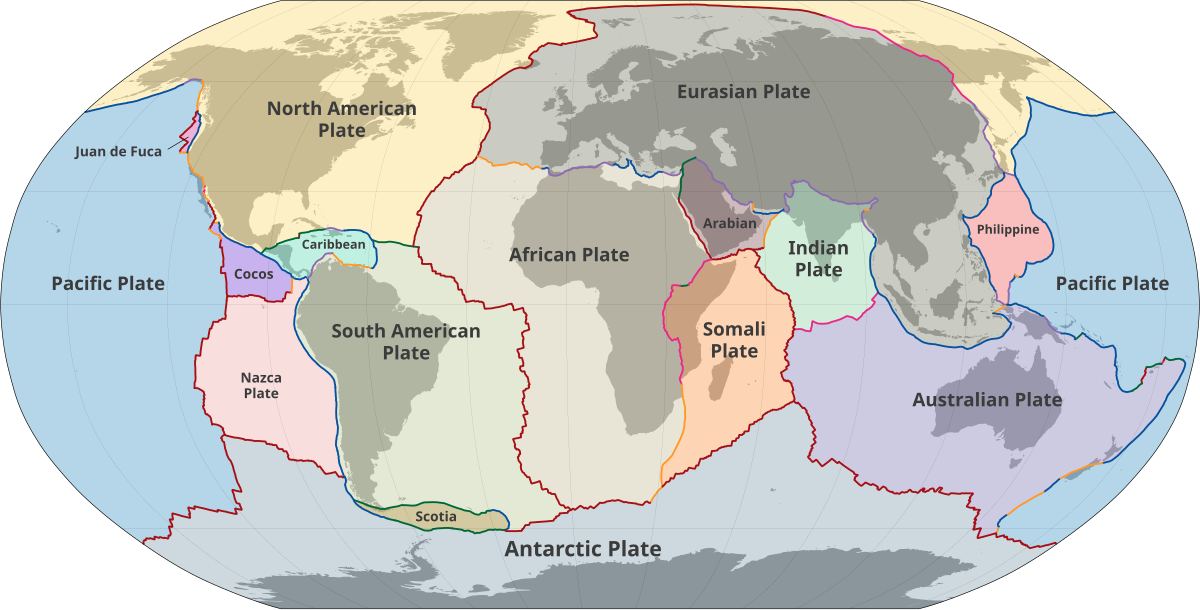
 en.wikipedia.org
en.wikipedia.org
Precambrian - Wikipedia
Evidence of the details of plate motions and other tectonic activity in the Precambrian has been poorly preserved. It is generally believed that small proto-continents existed prior to 4280 Ma, and that most of the Earth's landmasses collected into a single supercontinent around 1130 Ma. The supercontinent, known as Rodinia, broke up around 750 Ma. A number of glacial periods have been identified going as far back as the Huronian epoch, roughly 2400–2100 Ma. One of the best studied is the Sturtian-Varangian glaciation, around 850–635 Ma, which may have brought glacial conditions all the way to the equator, resulting in a "Snowball Earth".

Plate tectonics - Wikipedia
- Thread starter
- #28
Qaisracetus, is an extinct protocetid early whale known from the Eocene (Lutetian, 48.6 to 40.4 million years ago) of Baluchistan, Pakistan

Qaisracetus - Wikipedia
Qaisracetus - Wikipedia
QuickHitCurepon
Diamond Member
Radiation
The extinction of nearly all animal species at the end of the Permian period allowed for the radiation of many new lifeforms.

 en.wikipedia.org
en.wikipedia.org
The extinction of nearly all animal species at the end of the Permian period allowed for the radiation of many new lifeforms.

Adaptive radiation - Wikipedia
- Thread starter
- #30
Smilodon is a genus of the extinct machairodont subfamily of the felids. It is one of the most famous prehistoric mammals and the best known saber-toothed cat. Although commonly known as the saber-toothed tiger, it was not closely related to the tiger or other modern cats. Smilodon lived in the Americas during the Pleistocene epoch (2.5 mya – 10,000 years ago).

Smilodon - Wikipedia
Smilodon - Wikipedia
Likkmee
Gold Member
I've seen the owner of that kitty !


QuickHitCurepon
Diamond Member
Thermal
- Thread starter
- #33
Uintatherium
One of the first prehistoric megafauna mammals ever to be discovered, in late-nineteenth-century Wyoming, Uintatherium figured in the "Bone Wars" waged between the famous American paleontologists Edward Drinker Cope and Othniel C. Marsh. This bizarre, plant-eating beast was worth a good fight.

One of the first prehistoric megafauna mammals ever to be discovered, in late-nineteenth-century Wyoming, Uintatherium figured in the "Bone Wars" waged between the famous American paleontologists Edward Drinker Cope and Othniel C. Marsh. This bizarre, plant-eating beast was worth a good fight.
QuickHitCurepon
Diamond Member
Vertabrate

- Thread starter
- #35
Wightia ,He lived in the time of the Cretaceous

Dinosaurs|Extinct Life|Extinction|Prehistoric Animals|The Dinosaur Fan
Dinosaurs|Extinct Life|Extinction|Prehistoric Animals|The Dinosaur Fan
QuickHitCurepon
Diamond Member
Xenocryst
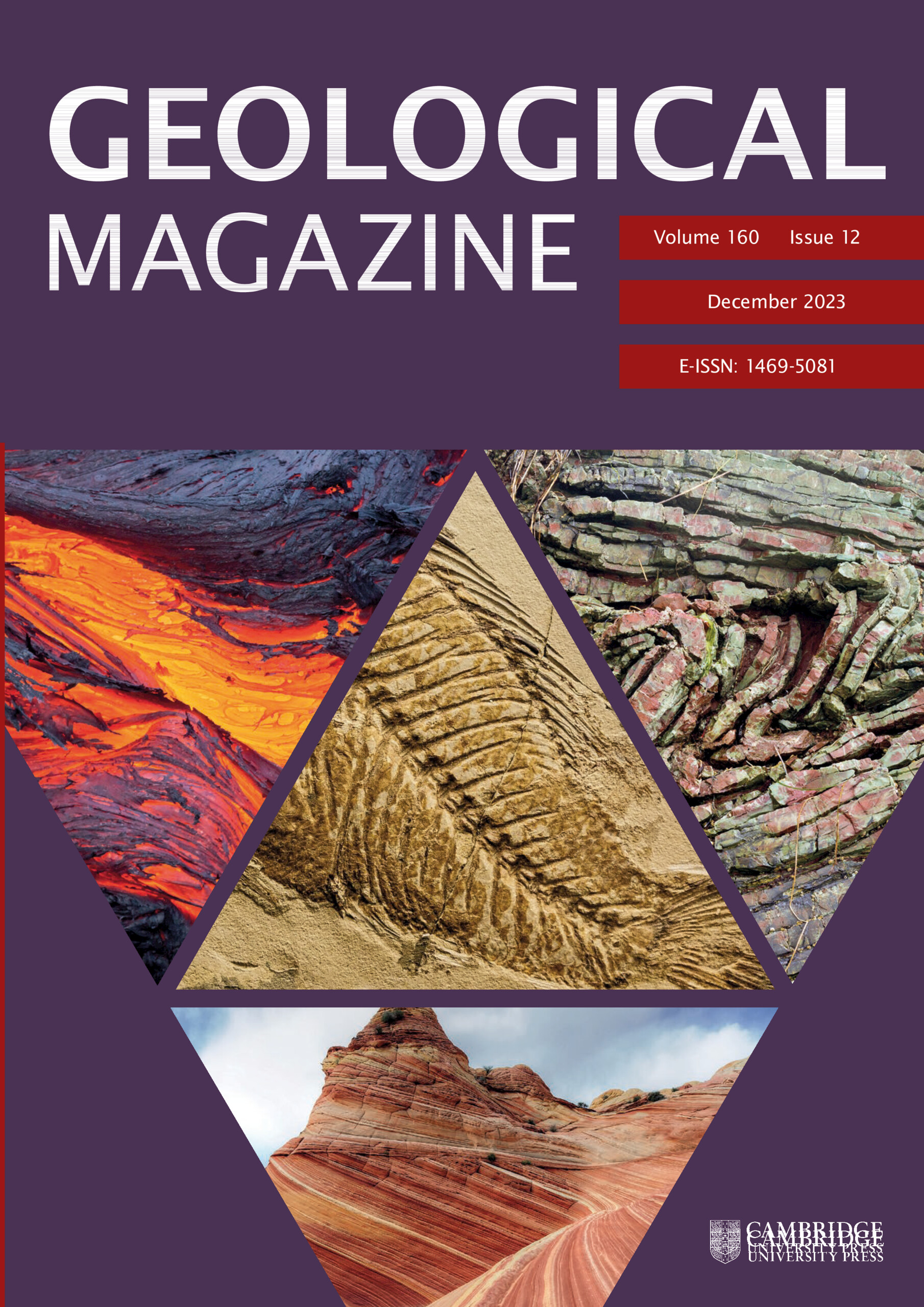
 www.cambridge.org
www.cambridge.org

Zoned olivine xenocrysts in a late Mesozoic gabbro from the southern Taihang Mountains: implications for old lithospheric mantle beneath the central North China Craton | Geological Magazine | Cambridge Core
Zoned olivine xenocrysts in a late Mesozoic gabbro from the southern Taihang Mountains: implications for old lithospheric mantle beneath the central North China Craton - Volume 147 Issue 2
- Thread starter
- #37
Yunnanocephalus Fossil is a genus of ptychopariid trilobite. It lived during the late Atdabanian and Botomian stages, in what are currently Antarctica, Australia and China. It was a "moderately common" member of the Chengjiang Fauna. Yunnanocephalus is the only genus currently assigned to the Yunnanocephalidae family.

Dinosaurs|Extinct Life|Extinction|Prehistoric Animals|The Dinosaur Fan
Dinosaurs|Extinct Life|Extinction|Prehistoric Animals|The Dinosaur Fan
QuickHitCurepon
Diamond Member
Zircon 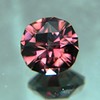

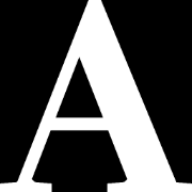 www.amnh.org
www.amnh.org


Zircon Chronology: Dating the Oldest Material on Earth | AMNH
The mineral zircon serves as a tiny time capsule, recording geologic events. The oldest discovered grains are almost as old as the Earth itself!
- Thread starter
- #39
QuickHitCurepon
Diamond Member
Bacteria
 en.wikipedia.org
A specific date for the origin of life has not been determined. Carbon found in 3.8 billion-year-old rocks (Archean eon) from islands off western Greenland may be of organic origin. Well-preserved microscopic fossils of bacteria older than 3.46 billion years have been found in Western Australia. Probable fossils 100 million years older have been found in the same area. However, there is evidence that life could have evolved over 4.280 billion years ago. There is a fairly solid record of bacterial life throughout the remainder (Proterozoic eon) of the Precambrian.
en.wikipedia.org
A specific date for the origin of life has not been determined. Carbon found in 3.8 billion-year-old rocks (Archean eon) from islands off western Greenland may be of organic origin. Well-preserved microscopic fossils of bacteria older than 3.46 billion years have been found in Western Australia. Probable fossils 100 million years older have been found in the same area. However, there is evidence that life could have evolved over 4.280 billion years ago. There is a fairly solid record of bacterial life throughout the remainder (Proterozoic eon) of the Precambrian.
Precambrian - Wikipedia
Similar threads
- Replies
- 2
- Views
- 87
- Replies
- 11
- Views
- 181
- Replies
- 19
- Views
- 239
- Replies
- 8
- Views
- 322
